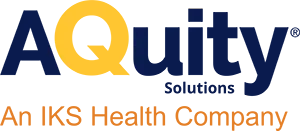Home Coding Greenstick Fractures
Cracking the Code
Coding Greenstick Fractures
- Published on
What is a greenstick fracture? A greenstick fracture occurs when a bone bends and cracks, instead of breaking into separate pieces. In this case the bone cracks on one side. It is called a “greenstick fracture” because the fracture itself looks like what happens when you try and break a small green branch on a tree. Most greenstick fractures occur in children under the age of 10. This is due to their bones being softer and more flexible than adult bones. These types of fractures have not been found to occur in adults. A greenstick fracture is a partial thickness fracture where only the cortex and periosteum crack on one side but remain uninterrupted on the other. Greenstick fractures occur most often in the fibula, tibia, ulna, radius, humerus, and clavicle.
Treatment of a greenstick fracture varies on severity. In most cases, they are treated by immobilizing the bone with a cast or splint. In severe cases, a provider may elect an open approach to expose the bone to insert a plate across the fracture site.
